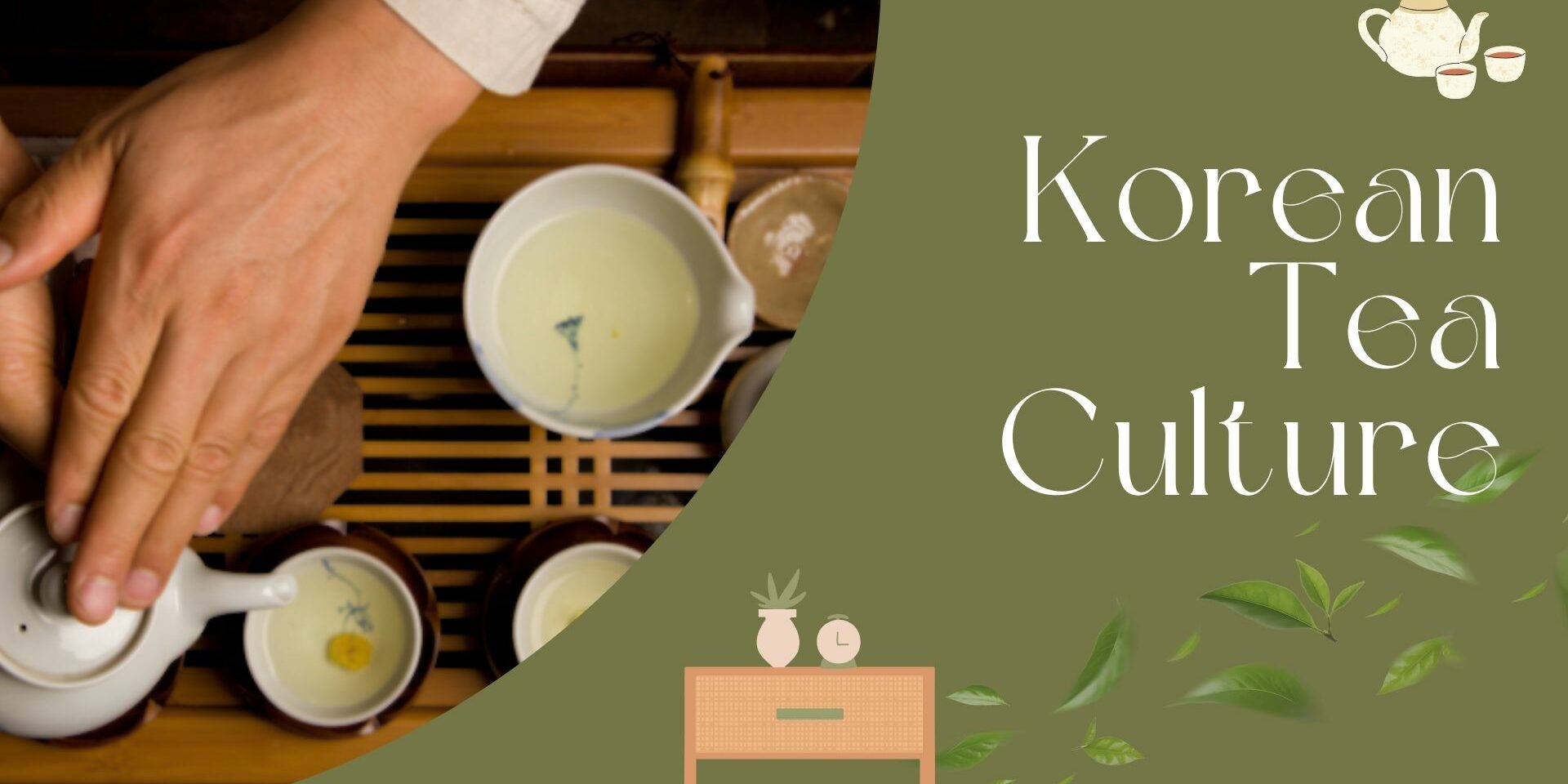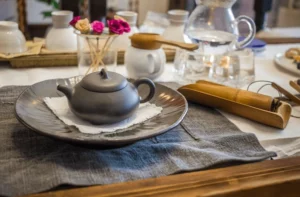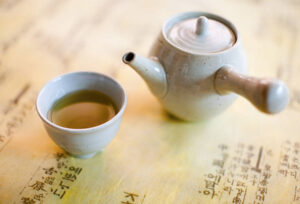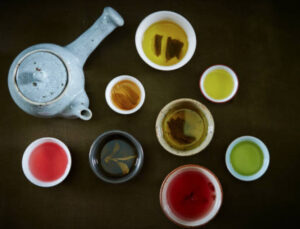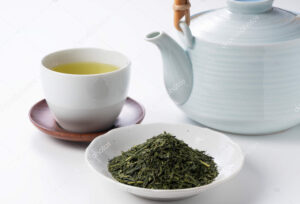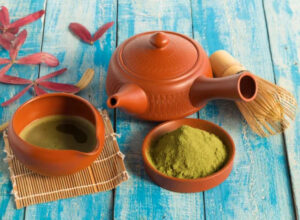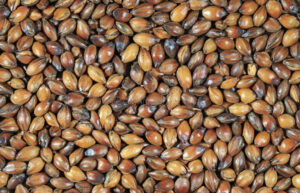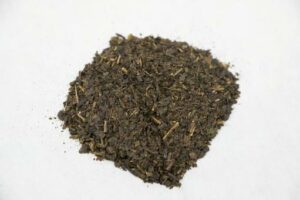Take a peaceful journey into Korean tradition!
In a world buzzing with activity, taking a moment to pause and savor the simple pleasures becomes a necessity. That’s where the Korean tea ceremony steps in, offering a refreshing break from the chaos. Let’s dive into the world of Korean Tea Culture, where tranquility meets tradition in a cozy setting.
Tea has been cherished in Korea for over a thousand years. Introduced by Buddhist monks, it became part of daily life for all, from aristocrats to common folk. Influenced by Buddhism and Confucianism, tea became more than a drink—it became a symbol of harmony and respect.
Originating from ancient Korea, the Korean tea ceremony known as “darye” (다례) is a delightful blend of simplicity and elegance and a beautiful expression of simplicity and mindfulness. Unlike its more structured counterparts, like the Japanese tea ceremony, it’s all about relaxation and enjoying the company of friends over a cup of tea, focusing on respect and gratitude. Using a small ceramic pot called “daryeong” (다령), the ceremony embodies the essence of Korean culture.
And what’s a tea ceremony without its props? In Korean tea culture, you’ll find simple yet beautiful tea sets featuring ceramic tea bowls, a tea strainer, and a tea tray. It’s all about function meeting aesthetics, adding a touch of charm to the experience.
As the tea brews, there’s a sense of anticipation in the air. When it’s ready, everyone gathers around, cradling their cups and taking in the aroma. Sipping slowly, they savor the flavors, letting the warmth of the tea wash over them. This ceremony has been emphasizing mindfulness, harmony, and respect for the natural world ever since the Joseon era.
Korea offers a range of tea varieties, each with its own unique taste and benefits.
Green tea (“nokcha” – 녹차), a non-fermented tea made from the dried leaves of the tea plant, is celebrated for its delicate flavor, while “balhyocha” (발효차), a fermented traditional local black tea from Hadong, boasts a rich, earthy taste loved by many.
Similar to Japanese matcha, powdered green tea, known as “garucha” (가루차), is finely ground tea leaves that are whisked with hot water to create a frothy, vibrant green beverage.
In addition to the steamed green tea, Korea also produces roasted green tea, which has a nuttier and deeper flavor profile. Boseong Green Tea, in particular, is renowned for its high quality and distinctive taste.
Korean herbal teas, known as “hwangcha” (황차) or “bomdong” (봄동) teas, are made from a variety of herbs, flowers, and fruits, each prized for its unique flavor and potential health benefits.
“Boricha” (보리차) is a popular tea in Korean households, especially during the summertime. Made from roasted barley grains, it has a toasty, nutty flavor and is often served chilled as a refreshing and caffeine-free beverage. “Oksusucha” (옥수수차) is made from roasted corn kernels and has a subtly sweet and earthy flavor.
Made from dried jujube fruits, “daechucha” (대추차) is a sweet and fragrant tea commonly consumed for its purported health benefits, including immune support and digestive aid.
Beyond the tea and etiquette, there’s a deeper meaning to Korean teatime. It’s about finding joy in the little things, appreciating nature’s beauty, and fostering connections with those around us. In a world that’s constantly on the move, it’s a gentle reminder to slow down and enjoy life’s simple pleasures.
Today, Korea’s tea culture continues to thrive. Tea houses and specialty shops can be found everywhere, offering a variety of teas to suit every palate. Korean teas are gaining recognition worldwide, captivating audiences with their elegance and quality.
In a fast-paced world, Korean tea culture offers a moment of calm and reflection. Whether enjoyed alone or with loved ones, a cup of Korean tea is a simple pleasure that reminds us to slow down and appreciate life’s beauty.
So next time you need a break, why not brew yourself a cup and savor the moment?
By Cristina SEVERI

